Paperbark Maple Wood
- September 8, 2023
- 0 comment
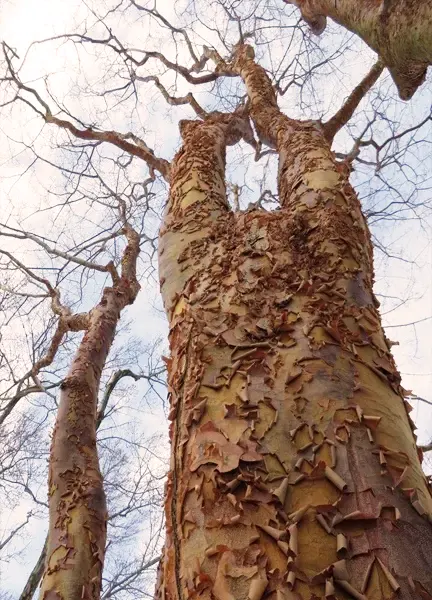
Paperbark maple wood is an exceptional and highly coveted substance sourced from the paperbark maple tree (Acer griseum), an enchanting deciduous tree indigenous to the heart of China. This exquisite timber has enjoyed reverence spanning centuries, attributable to its one-of-a-kind attributes, establishing it as the preferred choice among a discerning circle of artisans, skilled woodworkers, and ardent nature aficionados. In the following passages, we shall embark on a comprehensive exploration of the multifaceted realm of paperbark maple wood, beginning with its distinctive texture and extending to its wide-ranging array of applications.
Texture
Paperbark maple wood showcases a truly exceptional texture that sets it apart from other woods. It boasts a fine and straight grain, which contributes to its remarkable texture. This fine grain imparts a sense of uniformity and elegance to the wood, making it highly sought after by woodworkers. The smooth, even surface of paperbark maple lends itself beautifully to finishing and polishing. Woodworkers and artisans appreciate this feature as it allows for precise detailing and brings out the wood’s natural luster.
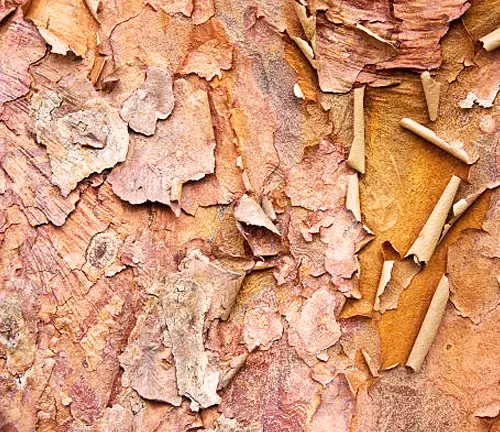
Bark
The bark of the paperbark maple tree is perhaps its most captivating and distinctive feature. It exhibits a mesmerizing cinnamon-colored hue that catches the eye. What makes this bark truly exceptional is its tendency to exfoliate in thin, papery sheets, revealing fresh layers underneath. This natural peeling process creates a striking visual contrast against the tree’s dark green foliage. While the bark itself is not used for woodworking, its sheer beauty has made it a favorite in landscaping and garden design.

Furniture
Paperbark maple wood occupies a special place in the furniture industry due to its outstanding qualities. Its fine grain, rich coloration, and exceptional durability make it a prime choice for crafting elegant and timeless pieces of furniture. Skilled craftsmen use paperbark maple to create a wide range of furniture items, including tables, chairs, cabinets, and dressers. The wood’s unique texture and beautiful finish add a touch of sophistication to any interior setting. Whether in traditional or contemporary designs, paperbark maple furniture pieces become statement pieces that combine functionality with aesthetic allure.

Weapon
Historically, paperbark maple wood played a pivotal role in the crafting of traditional Chinese weapons, such as staffs and spears. Its strength and flexibility made it an ideal choice for martial arts practitioners and weapon craftsmen. While its use in weaponry is not as prevalent today, it still retains a place of significance in the realm of martial arts and the crafting of traditional weapons.
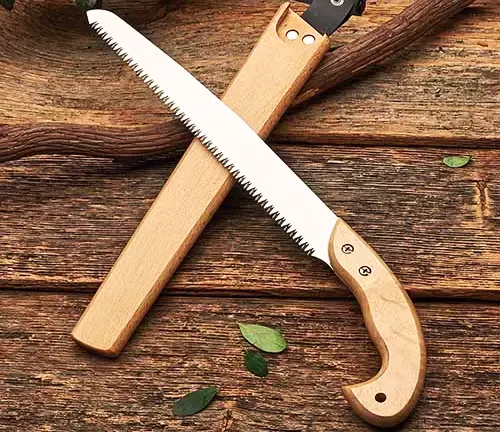
Firewood
Although not commonly used as firewood, paperbark maple wood can be burned in fireplaces and stoves. Its dense nature and slow-burning properties make it an efficient choice for generating heat during the colder months. While its primary use lies outside the realm of firewood, it can provide a unique and aromatic option for those seeking a distinctive wood-burning experience.
Construction
In the construction industry, paperbark maple wood is valued for its load-bearing capacity and stability. It finds applications in critical structural elements like beams and rafters, where strength and longevity are paramount. The wood’s ability to withstand heavy loads and resist warping or bending makes it an ideal choice for ensuring the structural integrity of buildings and infrastructure.
Plywood
Paperbark maple wood, with its fine texture and elegant appearance, is also used in the creation of plywood. The resulting plywood sheets not only possess structural integrity but also add a touch of sophistication to interior panels and furniture construction.
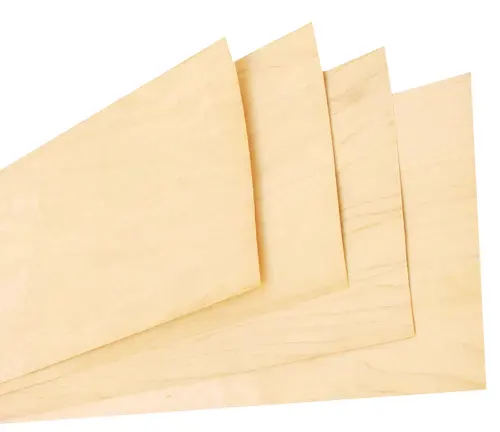
Board
Another versatile application of paperbark maple wood is the creation of boards. These boards can serve as the foundational material for a wide range of products, including wall paneling, shelving, and decorative accents. The wood’s even texture and appealing finish make it a valuable choice for these purposes, adding a touch of elegance to interior spaces.

Railroad Cross Ties
Paperbark Maple Wood’s impressive durability and natural resistance to decay make it an ideal choice for railroad cross ties. These ties serve as the foundation for train tracks, enduring the immense weight and constant stress of passing trains. Paperbark Maple Wood ensures the long-lasting support necessary for the safety and reliability of the entire railway infrastructure, contributing significantly to the efficiency of transportation networks.
Pallet
In the logistics and transportation sector, Paperbark Maple Wood plays a crucial role in the creation of pallets. Pallets are essential for the storage and transportation of goods and materials in diverse industries. Paperbark Maple Wood’s strength and reliability make it a trusted choice for constructing pallets, ensuring that products are securely transported to their destinations. Its robustness helps prevent damage and ensures the safe delivery of goods..
Cants
Cants are squared logs hewn from Paperbark Maple Wood, and they hold particular value in heavy construction projects. Due to their robust nature and structural integrity, cants are indispensable in endeavors such as bridge building and large-scale structural construction. Paperbark Maple Wood’s resilience and strength make it a preferred material for creating cants, ensuring the stability and longevity of critical infrastructure projects. Whether it’s supporting the weight of trains, safeguarding transported goods, or providing the structural framework for massive construction, Paperbark Maple Wood stands as a testament to its enduring and versatile qualities across various industries.
Fencing
The inherent beauty of paperbark maple wood extends to its use in crafting decorative fencing. These fences not only provide security but also elevate the visual appeal of outdoor spaces. The wood’s natural aesthetics complement various architectural styles, making it a favored choice for enhancing the exteriors of homes and gardens.
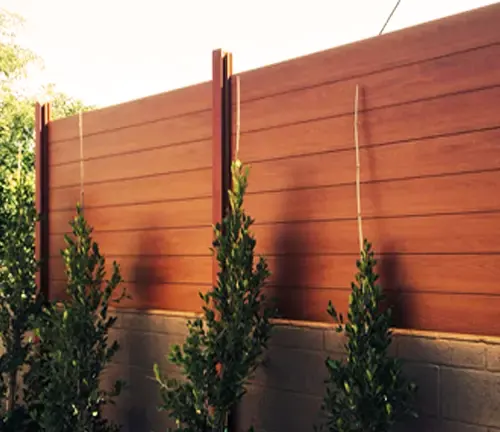
Wooden Crates
For the packaging and safe transport of delicate items, paperbark maple wood is a reliable choice. It is frequently employed to construct sturdy wooden crates that protect their contents during transit. Its strength and durability make it a trusted material for ensuring the safe arrival of fragile goods.
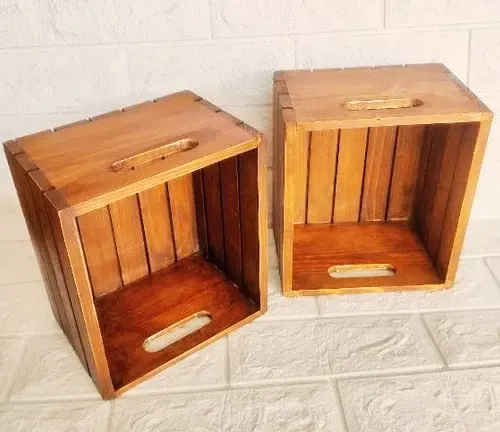
Wood Decking
Paperbark maple wood’s resilience and resistance to decay make it a suitable candidate for outdoor decking. When used in this context, it can withstand the elements with grace, maintaining its elegance while adding a touch of sophistication to outdoor living spaces.
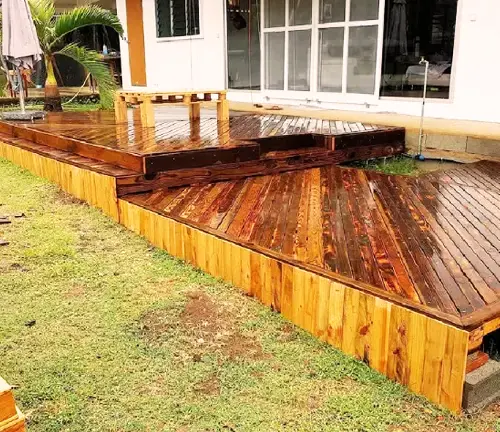
Shiplap
Both for interior and exterior cladding, shiplap made from paperbark maple wood benefits from its straight grain and beautiful finish. This quality makes it a preferred option for homes and buildings where the choice of cladding can significantly influence the overall aesthetic and durability.

Live Edge Siding
For those with an inclination towards rustic and natural aesthetics, live edge siding crafted from paperbark maple wood offers an intriguing choice. It preserves the unique contours of the tree, allowing its distinctive bark and grain pattern to shine through. This siding lends homes and cabins a distinctive and striking appearance that connects them with the natural world.
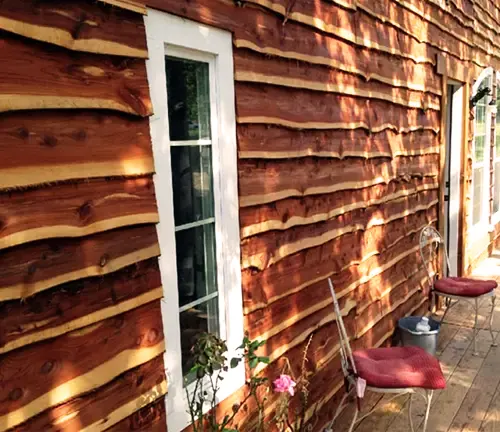
Slabs
Paperbark maple slabs are cherished treasures in the world of woodworking. These large, flat surfaces are highly prized for their use in crafting tabletops, countertops, and other expansive surfaces. The wood’s distinctive grain pattern and rich coloration make each slab a unique work of art, adding character and sophistication to any space where they are employed.

Beams
The strength and stability of paperbark maple wood render it an ideal choice for load-bearing beams. These beams play a pivotal role in both residential and commercial construction projects, providing essential structural support. The wood’s capacity to withstand significant weight and stress underscores its versatility in the realm of construction.
Frequently Asked Questions (FAQs)
- What is paperbark maple wood, and where does it come from?
Paperbark maple wood is sourced from the paperbark maple tree (Acer griseum), a deciduous tree native to central China. This wood is highly prized for its unique texture and exceptional durability. - Why is paperbark maple wood considered unique among other types of wood?
Paperbark maple wood stands out due to its fine and straight grain, which contributes to its exceptional texture. Additionally, its distinctive cinnamon-colored, exfoliating bark sets it apart, making it a favorite in both woodworking and landscaping. - What are the primary applications of paperbark maple wood?
Paperbark maple wood finds versatile uses in various industries. It’s commonly employed in fine furniture crafting, construction, and as a material for plywood, boards, and even railway cross ties. - Is paperbark maple wood suitable for outdoor use?
Yes, paperbark maple wood is well-suited for outdoor applications like wooden decking and fencing. Its durability and resistance to decay make it a reliable choice for enduring exposure to the elements. - How does paperbark maple wood compare to other hardwoods in terms of texture and appearance?
Paperbark maple wood’s fine grain and smooth, even surface give it a refined and elegant texture, making it a favorite in fine woodworking. Its unique appearance, characterized by its exfoliating bark, sets it apart from other hardwoods. - Is paperbark maple wood environmentally sustainable?
When harvested responsibly, paperbark maple wood can be considered environmentally sustainable. Proper forest management practices and responsible logging help ensure the long-term health of paperbark maple populations. - Can I use paperbark maple wood for DIY projects at home?
Certainly! Paperbark maple wood can be used for a wide range of DIY projects, from crafting small decorative items to creating custom furniture. Its unique texture and appearance can add a touch of sophistication to your home projects.
As we wrap up our exploration of Paperbark Maple Wood, we’ve ventured into the fascinating world of this distinctive tree species, celebrated for its peeling cinnamon-colored bark, brilliant autumn hues, and adaptable nature. Whether you’re a landscape enthusiast, a woodworker, or simply a nature lover, Paperbark Maple Wood offers a tapestry of possibilities to enrich your projects and outdoor spaces. We hope this journey has deepened your appreciation for the unique characteristics of Paperbark Maple Wood. If you’ve found this information valuable and inspiring, please consider liking, sharing, and subscribing for more insights and creative ideas. Keep embracing the allure and versatility of Paperbark Maple Wood in your endeavors, and may it continue to bring warmth and beauty to your landscapes and creations. Until next time, let’s remain inspired by the wonders of nature!



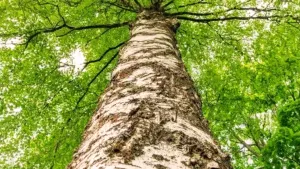










Leave your comment